Falling in Love with Ice
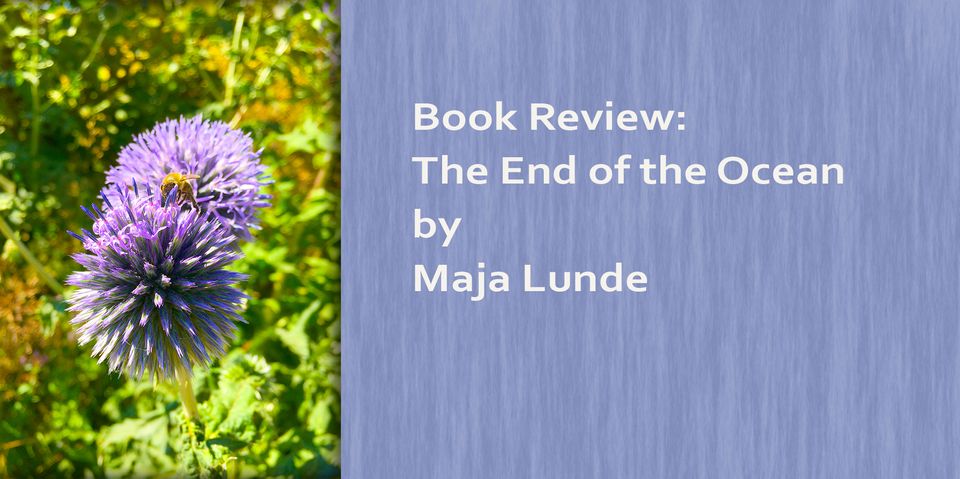
Book Review: The End of the Ocean By Maja Lunde
HarperVia (2020)
I wanted to review this work of climate fiction because it is a compelling story that draws the reader in, starting with a description of a beloved Norwegian glacier that is being carved up with chainsaws to provide high-priced ice cubes for the drinks of the wealthy faraway. As the protagonist Signe places her hand against the glacier, she finds “it is alive beneath my fingers, my glacier, a huge, calm animal that sleeps. But it is a wounded animal, and it can’t roar—it is being drained minute by minute, second by second, it is already dying.” This description plus others of her glacier made me fall in love with all the massive ice sheets that we are losing in this warming world.
Lunde does an excellent job of making nature relatable, whether it is a glacier or a river or the wide ocean, which Signe escapes to on her sailboat named Blue after she dumps containers of this sawed up glacial ice into the harbor in an act of rebellion. Lunde is equally skilled at making her human characters relatable, and the relationship she builds between two of the other protagonists, David and Lou, father and daughter, is exquisite. They are two climate refugees in a time of severe drought two dozen years after Signe sails out into the ocean. Their story is woven into the narrative in alternating chapters between Signe’s journey and their own.
Of course, it is this juxtaposition of the future lives of David and Lou (2041) with the present life of Signe (2017) which signals that, for all her efforts as an activist, Signe has failed. The book does send a signal of gloom, but I kept reading since the characters were so captivating. And the book ends on an almost fairy-tale-like note, with David and Lou receiving a temporary reprieve from their probable demise thanks to something Signe did 24 years earlier, providing a small-scale success for all her activism.
When we think of writing hope-filled climate fiction, this is a question to ponder, hope for what? Do we hope for us to continue living life as we are now, full of material benefits and busy days? Or do we reach for something deeper, like the relationships that develop in this story? Do we as readers just hope for David and Lou to avoid the terrible fate that seems to be waiting around the corner? Or do we rejoice at the depth of their love for each other and the joy they create amid the desperation they struggle through? I don’t have the answer to that. I think it will just depend on the story.
I am not for grim dystopia, but I believe this offers more. And yet, I wonder if this story will inspire or depress. Will concern for the climate refugees of the future be sparked by our concern for this father and daughter? Certainly, telling the story of one, or in this case, two main characters has been proven to illicit a stronger response to any call to action than telling the story of thousands. Nonprofits use this tactic wisely in their fundraising campaigns. Still, the story may hit some readers as too depressing to make them go out and, like Signe, raise hell. Whether it generates apathy or inspires activism probably depends on the individual reader.
If you haven’t already read this book, I recommend it. As a reader, you will find the characters and their stories grabbing at your heart. As a writer, wanting to create compelling climate fiction of your own, this is a great book to study for its character-building qualities. And if you do delve into this book, send me an email or create a comment below. Let us know how it affects you and why: Does it energize or depress?
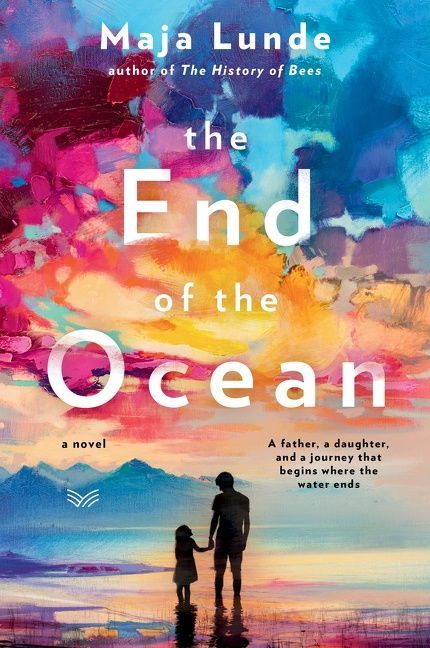

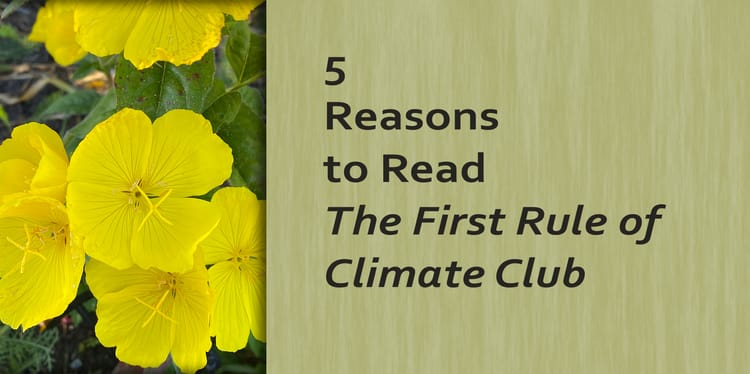
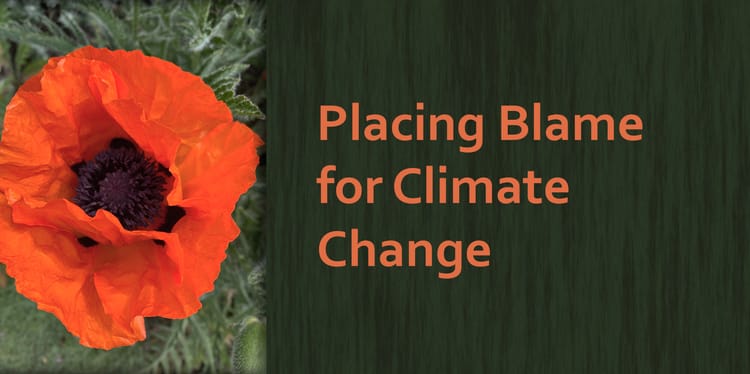
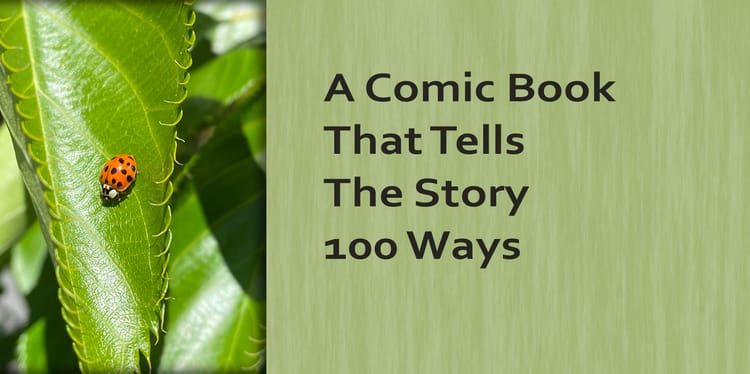
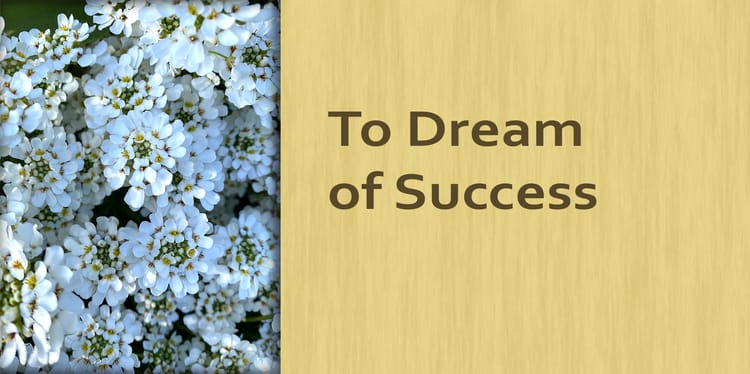
Member discussion